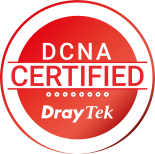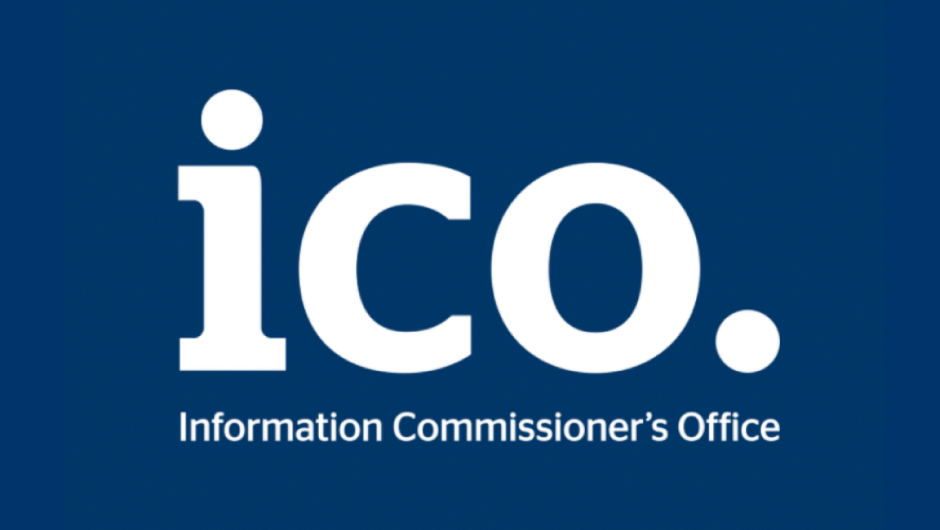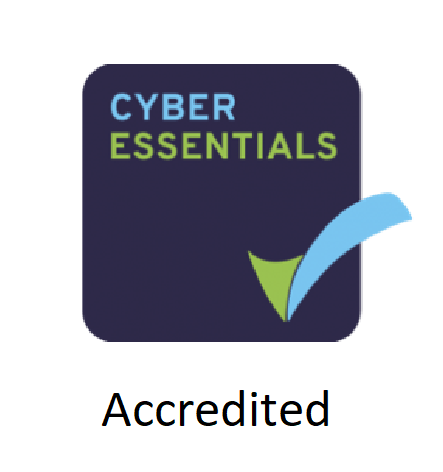|
|||||
 |
|||||




" Fast turnaround and well priced job overhauling an outdated web site. Nice man to do business with. "
K. Calvert 

|
Possibly not the most technically accurate document I've ever written, but I'm hoping it makes something very complex a little more understandable.
|
||||
|
|||||

 Home
Home